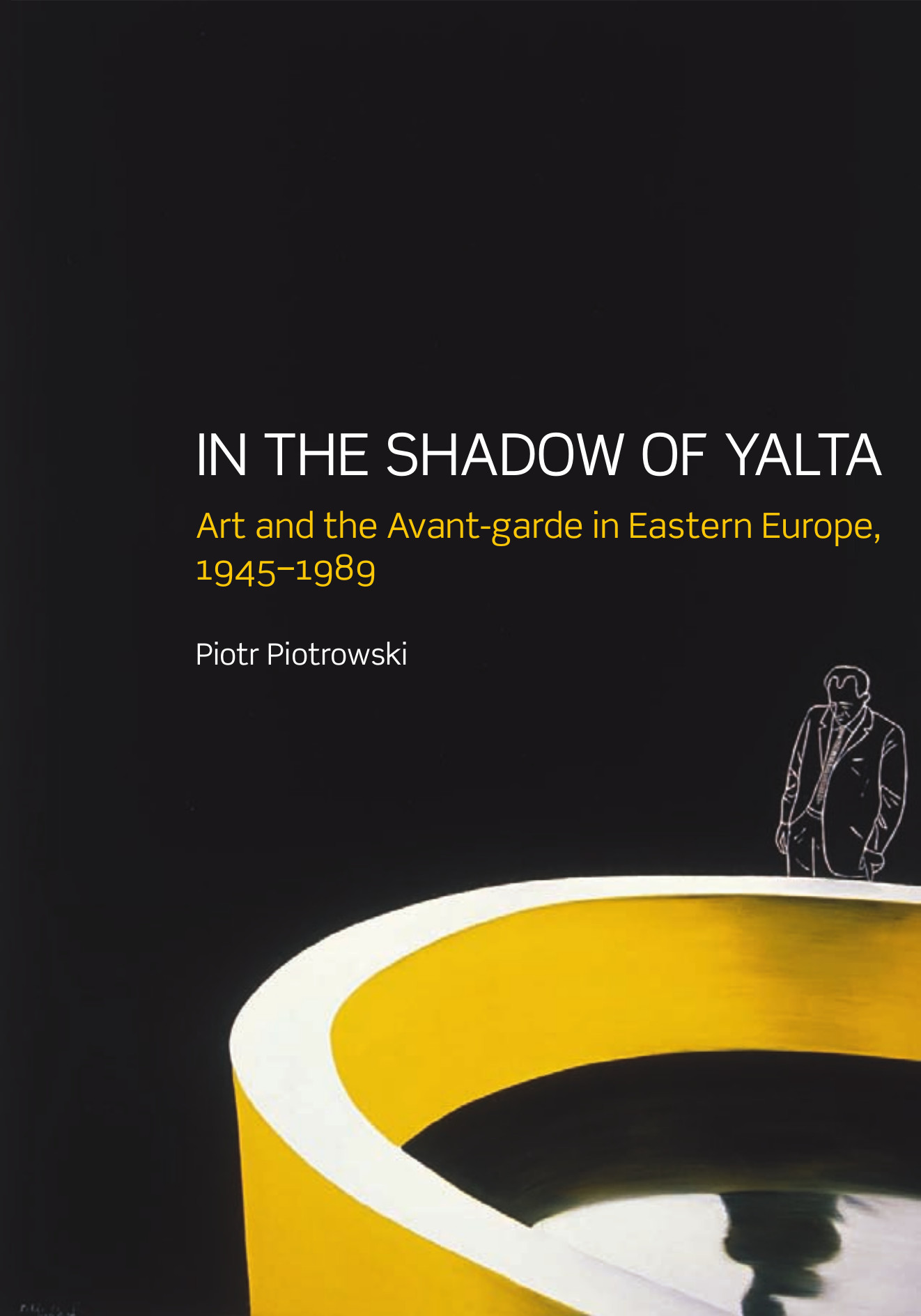The Invisible Committee: The Coming Insurrection (2007–) [FR, EN, ES]
Filed under book | Tags: · anarchism, communism, philosophy, politics, resistance

“The Coming Insurrection is an eloquent call to arms arising from the recent waves of social contestation in France and Europe. Written by the anonymous Invisible Committee in the vein of Guy Debord—and with comparable elegance—it has been proclaimed a manual for terrorism by the French government (who recently arrested its alleged authors). One of its members more adequately described the group as ‘the name given to a collective voice bent on denouncing contemporary cynicism and reality.’ The Coming Insurrection is a strategic prescription for an emergent war-machine to ‘spread anarchy and live communism.’
Written in the wake of the riots that erupted throughout the Paris suburbs in the fall of 2005 and presaging more recent riots and general strikes in France and Greece, The Coming Insurrection articulates a rejection of the official Left and its reformist agenda, aligning itself instead with the younger, wilder forms of resistance that have emerged in Europe around recent struggles against immigration control and the “war on terror.”
Hot-wired to the movement of ’77 in Italy, its preferred historical reference point, The Coming Insurrection formulates an ethics that takes as its starting point theft, sabotage, the refusal to work, and the elaboration of collective, self-organized forms-of-life. It is a philosophical statement that addresses the growing number of those—in France, in the United States, and elsewhere—who refuse the idea that theory, politics, and life are separate realms.”
French edition
Publisher Editions La Fabrique, Paris, 2007
English edition
Publisher Semiotext(e), 2009
Intervention series, 1
ISBN 1584350806, 9781584350804
136 pages
L’insurrection qui vient (French, 2007, updated on 2017-6-26)
The Coming Insurrection (English, 2009, updated on 2017-6-26)
La insurrección que viene (Spanish, undated, added on 2013-9-26)
Piotr Piotrowski: In the Shadow of Yalta: Art and the Avant-garde in Eastern Europe, 1945-1989 (2005/2009)
Filed under book | Tags: · 1940s, 1950s, 1960s, 1970s, 1980s, art, art history, art theory, avant-garde, central europe, communism, east-central europe, eastern europe, southeastern europe, soviet union

“In the Shadow of Yalta is a comprehensive study of the artistic culture of the region between the Iron Curtain and the USSR, taking in Bulgaria, Czechoslovakia, Germany, Hungary, Poland, Romania and Yugoslavia. Piotr Piotrowski chronicles the relationship between art production and politics in this zone between the end of World War II and the fall of Communism, focusing in particular on the avant-garde.
Beginning with an analysis of Surrealism in Czechoslovakia, Poland and Hungary, Piotrowski then examines the evolution of Modernism against the backdrop of the decline of Stalinism. He follows with an account of the neo-avant-garde experience: the body art and conceptual art made during the volatile political circumstances of the 1970s, the times of ‘real Socialism’. The book concludes with an epilogue describing the end of the Communist system in East-Central Europe, and the art that served witness to that end. Alongside the portrayal of the frequently challenging art that was made in response to such difficult circumstances, the common threads that emerge from the narrative are the erosion of ideology, the rise of consumerism and the emergence of political pragmatism.
Featuring more than 220 images by artists frequently unfamiliar to an English-speaking audience, In the Shadow of Yalta is a fascinating portrait of the art made in an area and during a time of crucial importance to the development of Europe as we know it today. The book will have much to say to art historians, art critics, and students of art history interested in Central and Eastern European art, as well as general historians of the region.”
First published by Rebis, Poznań, Poland, 2005.
Translated by Anna Brzyski
Publisher Reaktion Books, 2009
ISBN 1861894384, 9781861894380
487 pages
Reviews: Katarzyna Murawska-Muthesius (Umění, 2007, repr.), Piotr Bernatowicz (Nordlit, 2007), Dorota Biczel Nelson (2008), Éva Forgács (ARTMargins, 2009, repr.), Magdalena Cześniak-Zielińska (Facta Simonidis, 2009, PL), Henning Küpper (kunsttexte.de Ostblick, 2010, DE), Andrzej Szczerski (Journal of Architecture, 2010), Pál Deréky (Balkon, 2010, HU), David Crowley (J European Studies, 2011).
PDF (updated on 2019-2-2)
Comment (0)Michael Bakunin: God and the State (1882/1970)
Filed under book | Tags: · anarchism, bourgeoisie, communism, history, metaphysics, philosophy of history, religion

A colorful, charismatic personality, violent, ebullient, and energetic, Bakunin was one of two poles between which 19th and early 20th-century anarchism was formed. Although it was never finished, God and the State, his only major work, is the torso of a giant. A basic anarchist and radical document for generations, this book makes one of the clearest statements of the anarchist philosophy of history: religion by its nature is an impoverishment, enslavement, and annihilation of humanity.
With a New Introduction and Index of Persons by Paul Avrich
Publisher Dover Publications, 1970
This Dover edition, first published in 1970, is an unabridged and unaltered republication of the edition published in 1916 by Mother Earth Publishing Association, New York.
ISBN 048622483X, 9780486224831
89 pages
PDF (updated on 2014-9-5)
Comments (2)
